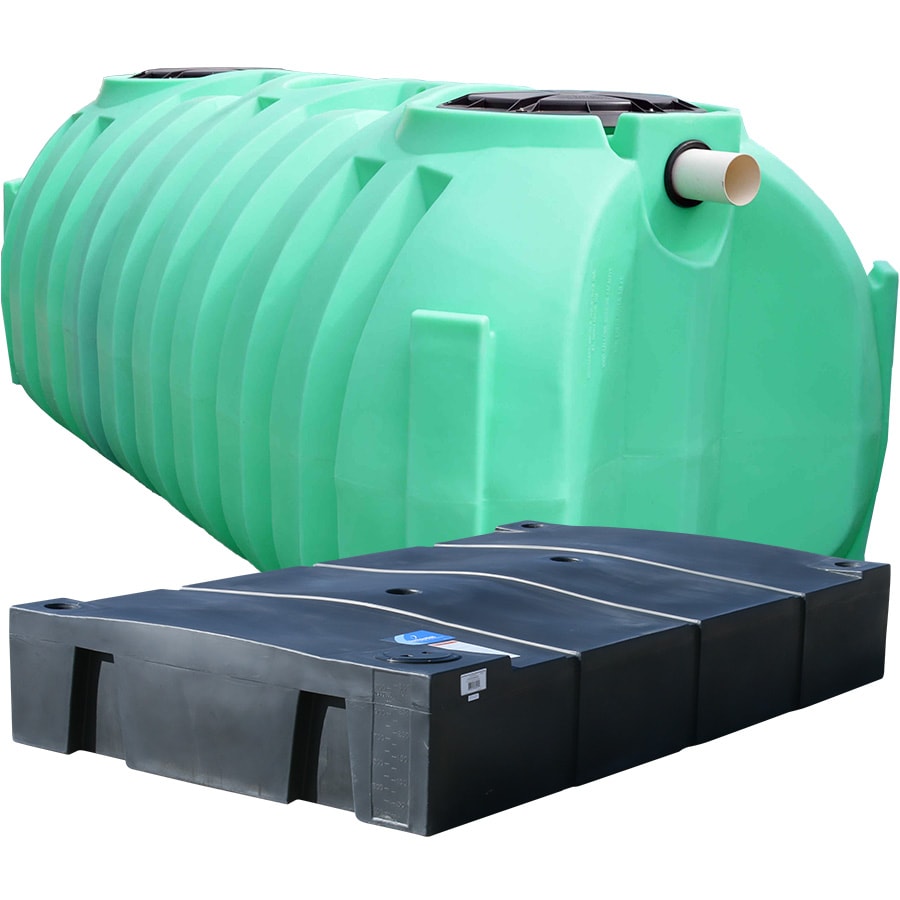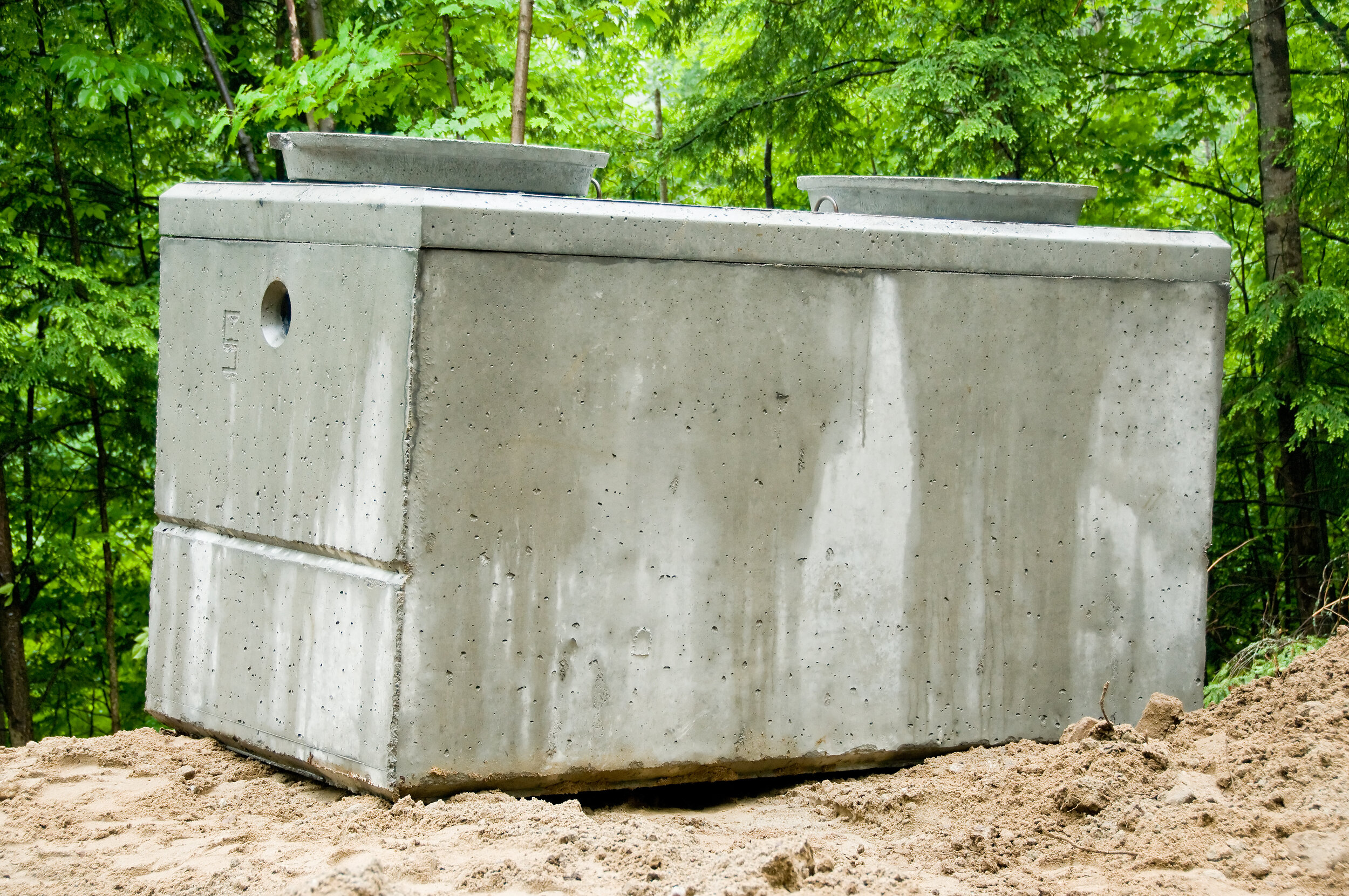Deciphering the Language of Septic Tank Services: A Glossary of Terms for Clear Interaction and Recognizing
In this short article, we'll help you translate the language of septic tank services with a helpful reference of terms. From understanding the basics of your septic tank to dealing with sludge build-up, we'll give clear descriptions to guarantee clear interaction and understanding.
Sewage-disposal Tank: Comprehending the Basics

If you are not familiar with sewage-disposal tanks, they are underground containers that treat and hold wastewater from your household. These tanks are a crucial part of your home's plumbing system, in charge of safely and efficiently managing the waste created by your day-to-day tasks. Recognizing the fundamentals of septic storage tanks is vital in order to ensure their proper capability and avoid pricey repair services.
A sewage-disposal tank consists of two major elements: the storage tank itself and the drainfield. The tank is where the wastewater moves into, and it is created to divide solids from fluids. The solids resolve at the bottom of the tank, developing a layer of sludge, while the fluids, called effluent, surge to the top. The effluent then flows right into the drainfield, where it is further dealt with and dispersed right into the bordering soil.
Regular upkeep of your septic system is crucial to protect against concerns such as clogs, back-ups, and system failings. It is recommended to have your container pumped every three to 5 years, depending on its size and use. Furthermore, it is important to be mindful of what you purge down the drains and bathrooms, as certain chemicals and materials can damage the bacterial balance in the tank.
Drain Area: The Duty of Soil in Garbage Disposal
To preserve the proper functionality of your septic container system, it is vital to comprehend the function of the drainpipe area in garbage disposal and how the bordering dirt plays a vital function in this procedure. The drain field, likewise referred to as the leach field or absorption area, is an essential element of a septic system. Its key feature is to filter and treat the wastewater that spurts of the sewage-disposal tank.
Once the wastewater leaves the sewage-disposal tank, it is dispersed equally throughout the drainpipe field through a network of trenches or pipes. The drain field contains a layer of crushed rock or rock, which helps to disperse the wastewater equally and promote reliable filtration. Below the crushed rock layer, there is a layer of soil that serves as a natural filter.
The soil in the drain field plays a crucial function in the treatment of wastewater. As the wastewater percolates through the soil, it undergoes a natural process of filtration and purification. The dirt serves as a physical and organic filter, eliminating unsafe microorganisms, infections, and various other impurities from the wastewater.
The structure and top quality of the dirt are crucial for the effective functioning of the drainpipe area - septic tank pumping. The soil must have great percolation rates to enable the wastewater to move with it quickly. Furthermore, the dirt needs to have adequate oxygen levels to sustain the growth of cardio microorganisms, which aid in the breakdown of raw material in the wastewater

Effluent: the Liquid Waste From Your Septic System
As the wastewater leaves the drainpipe field, it is referred to as effluent, and it is important to comprehend the characteristics and administration of this fluid waste from your septic system. Effluent is the term made use of to describe the treated wastewater that moves out of your septic system and right into the drain field. septic tank pumping. This fluid waste consists of a mix of water, raw material, and liquified solids
Effluent need to be complimentary and clear of any kind of unpleasant odors. It can be an indicator of a trouble with your septic system if you observe any kind of nasty scents or discoloration. Normal maintenance and pumping of your sewage-disposal tank can assist make sure that the effluent continues to be complimentary and tidy from impurities.
Appropriate monitoring of effluent is critical to stop contamination of the surrounding environment. The drain field is designed to filter and deal with the effluent before it gets in the dirt. It is crucial to prevent any kind of tasks that could potentially harm the drain area, such as car parking vehicles or growing trees with deep root systems.
Sludge: Dealing With Solid Waste Buildup
When dealing with solid waste build-up in your septic system, correct management of sludge is important. Sludge describes check that the thick layer of solid waste that collects at the end of your septic system in time. Otherwise managed appropriately, sludge can create numerous concerns, such as obstructing, backups, and even system failure.
Normal maintenance is critical to stop sludge build-up. It is advised to have your sewage-disposal tank pumped find this every 3 to five years, depending upon the dimension of your home and the container's ability. Pumping removes the built up sludge, enabling your septic system to operate efficiently.
In enhancement to routine pumping, there are a couple of actions you can take to reduce sludge accumulation. Initially, be conscious of what you flush down the tubes. Stay clear of taking care of non-biodegradable items, such as paper towels, diapers, and sanitary items. These can add to sludge buildup. Second, consider using septic-safe products that will not interfere with the all-natural microbial balance in your system.
Pumping: Keeping the Wellness of Your Septic Tank
Preserve the health and wellness of your septic container by frequently pumping it. Pumping is a necessary upkeep task that helps prevent problems and ensures the proper functioning of your septic system. In time, solid waste and sludge accumulate in the tank, which can result in blockages, backups, and even system failing. Pumping eliminates these collected solids, enabling the tank to proceed running successfully.
The regularity of pumping depends on various elements such as the dimension of the storage tank, the number of owners in your home, and the use of water. On standard, septic containers ought to be pumped every 3 to 5 years.
Verdict
So there you have it: a helpful reference of terms to assist you much better understand the language of septic system solutions. Whether it's finding out about the fundamentals of sewage-disposal visit here tanks, recognizing the role of the drainpipe area, or recognizing exactly how to deal with sludge accumulation, this reference will certainly ensure clear communication and a far better understanding of your septic system. Keep these terms in mind to preserve the health and wellness and functionality of your septic system.
A septic tank consists of two main elements: the container itself and the drainfield.Normal upkeep of your septic tank is crucial to stop concerns such as obstructions, back-ups, and system failings.To preserve the appropriate capability of your septic container system, it is crucial to understand the function of the drainpipe area in waste disposal and just how the bordering dirt plays a crucial duty in this procedure. It is advised to have your septic tank pumped every 3 to 5 years, depending on the dimension of your house and the tank's ability. Whether it's finding out concerning the essentials of septic containers, recognizing the role of the drain area, or recognizing exactly how to deal with sludge buildup, this reference will ensure clear communication and a much better understanding of your septic system.